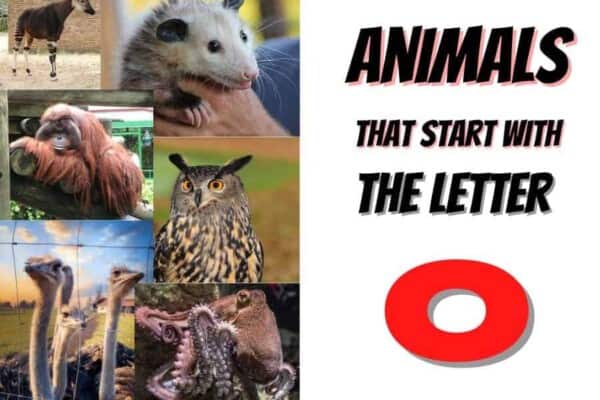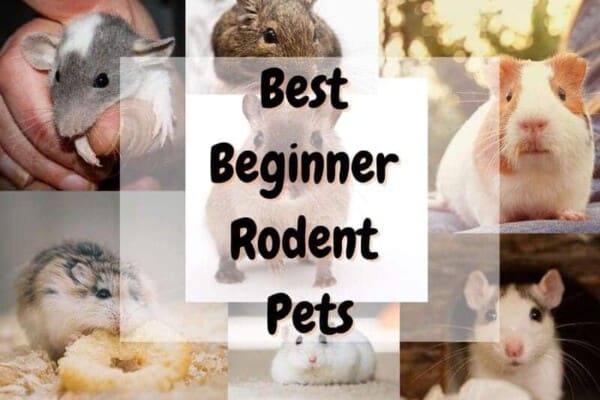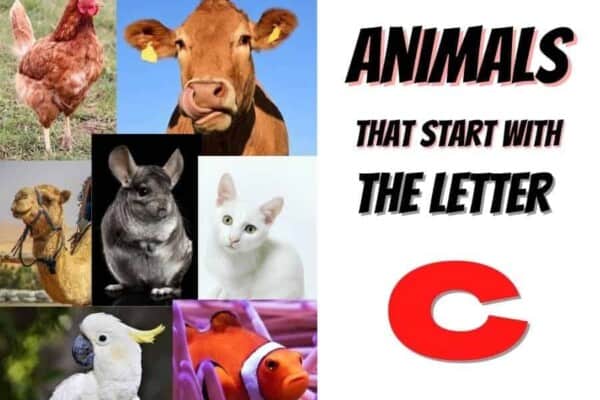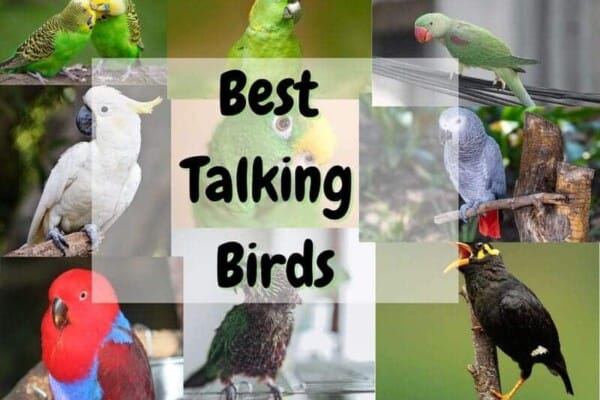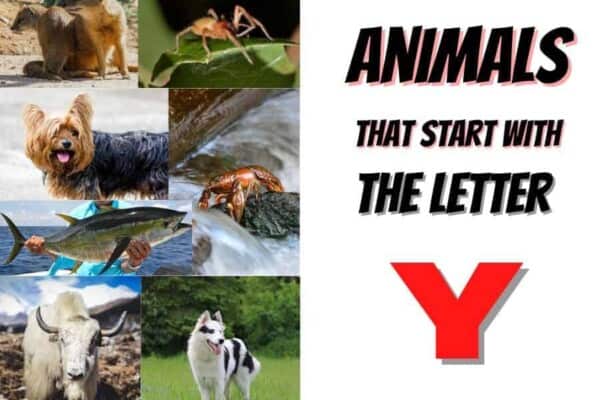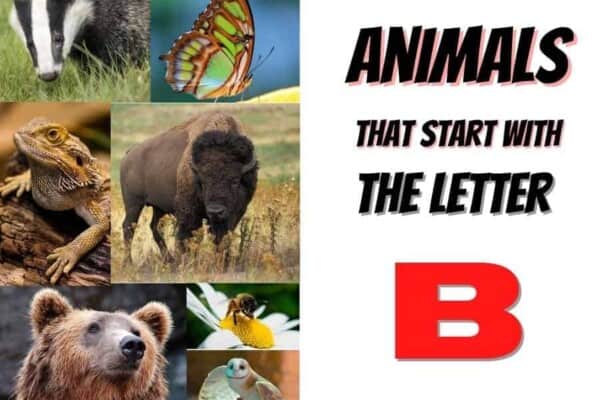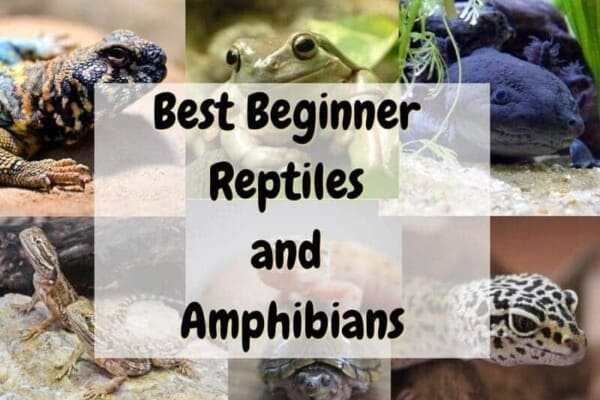What are the best exotic animals to keep as pets? Is it possible to find low-maintenance, one-of-a-kind animals? All these are typical questions with no objectively “correct” responses. All pets need some level of care from their owners, and there’re no suitable pets for all.
What the owners are willing to offer for the pet, their expectations of the pet, and how much they are ready to pay all play a role in answering this issue effectively. The rarer your animal is, the more money you’ll have to spend on veterinary treatment.
5 Things to Consider Before Getting an Exotic Pet
1. Safety
Exotic pets aren’t all safe to live with a busy family. Some are grumpy, while others bite or scrape. While generally amiable and gregarious, Rabbits may have a negative reaction to some treatment by unskilled children. Families who already have dogs or cats may find it difficult to have all of their pets adjust to life with others.
You should also learn about possible health risks that some exotic pets may pose to people and other animals. Reptiles can carry salmonella, so they should be treated cautiously. Hedgehogs could even infect family dogs with Bordetella, commonly known as kennel cough.
2. Available Space
Please note that while infant animals are adorable, they eventually grow and mature, so you need to make sure that your apartment or house is large enough to accommodate them. Some people may not be capable of caring for an exotic pet during its typical lifespan if they are not prepared for the large maturity size of an animal. Exotic birds, pet pigs, and reptiles are all subject to this growth. Iguanas are excellent reptile pets; however, they can mature several feet in length based on the species.
3. Lifespan
Any pet requires dedication, but some pets have greater longevity than others, necessitating a longer commitment. Hermit crabs and chinchillas, for example, live roughly the same amount of time as cats and dogs, although some snakes and birds can live for fifty years or longer.
Larger pets, especially birds, possess longer lifespans than smaller pets. If you choose a pet with a limited lifespan, such as a rat or a hamster, you may find yourself explaining the biological service life to your devastated child quicker than you would want.
4. Diet and Veterinary Needs
While easy and professionally made pet food is available for cats, dogs, and birds, feeding an exotic animal may require more effort. Snakes, as well as other reptiles, for example, require live prey animals to survive. Sugar glider enthusiasts may blend their nectar, give live insects, and slice vegetables and fruit. Before buying one, talk to your vet about the breed’s health and dietary requirements.
5. Law of The State
Exotic animal trade rules vary from state to state. This is because, while some creatures may be lawful to own in one country, they might well be prohibited in another.
For example, it is not essential to acquire a license to keep hedgehogs, chinchillas, prairie dogs, and honey possums within Florida, according to state law. Skunks, raccoons, and possums, however, require a license.
Likewise, ferrets, sugar gliders, and hedgehogs are illegal in California.
Do a comprehensive investigation of your government’s exotic pet legislation if you don’t want to lose your pet. Although government websites are trustworthy information sources, they are frequently out of date.
Contact your state’s fish and wildlife commission’s appropriate office by phone or in person when in doubt. It is not a good idea to ignore these issues.
21 Fun Exotic Pets That Are Easy to Care For
1. Fennec Fox
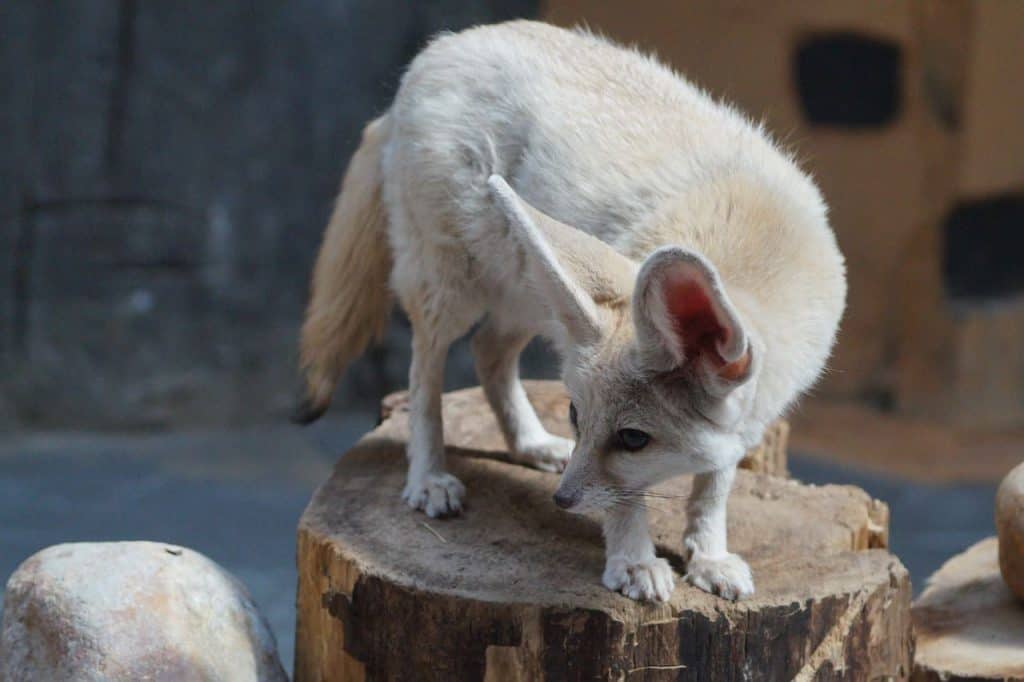
You won’t be disappointed with a fennec fox as an exotic animal. These foxes are small, equivalent to a Chihuahua dog once fully grown. These foxes are difficult to come by and could be expensive, yet as their demand develops, they will become more widely available and far less costly.
They are gregarious animals who require a lot more attention and will do best when there are plenty of them to be constantly engaged. They are highly trainable in the same way cats can, but most owners prefer keeping them in a huge cage.
2. Capybara
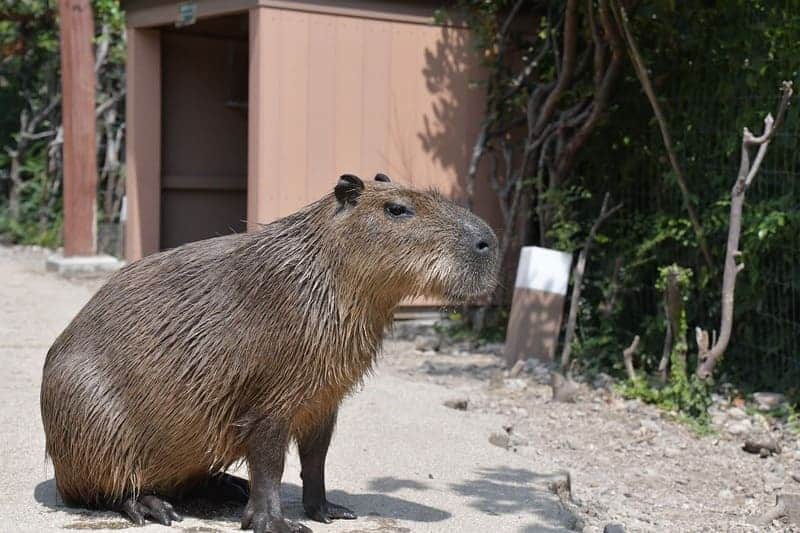
Capybaras are the gentlest animals you’ve ever met. The highly gregarious and colossal rodents consistently rank first on rankings of the nicest animals. They are, however, tough to maintain as pets. Capybaras require a lot of space as well as a bathing pool. You can’t keep only one capybara, either, because they’re always social.
3. Axolotls
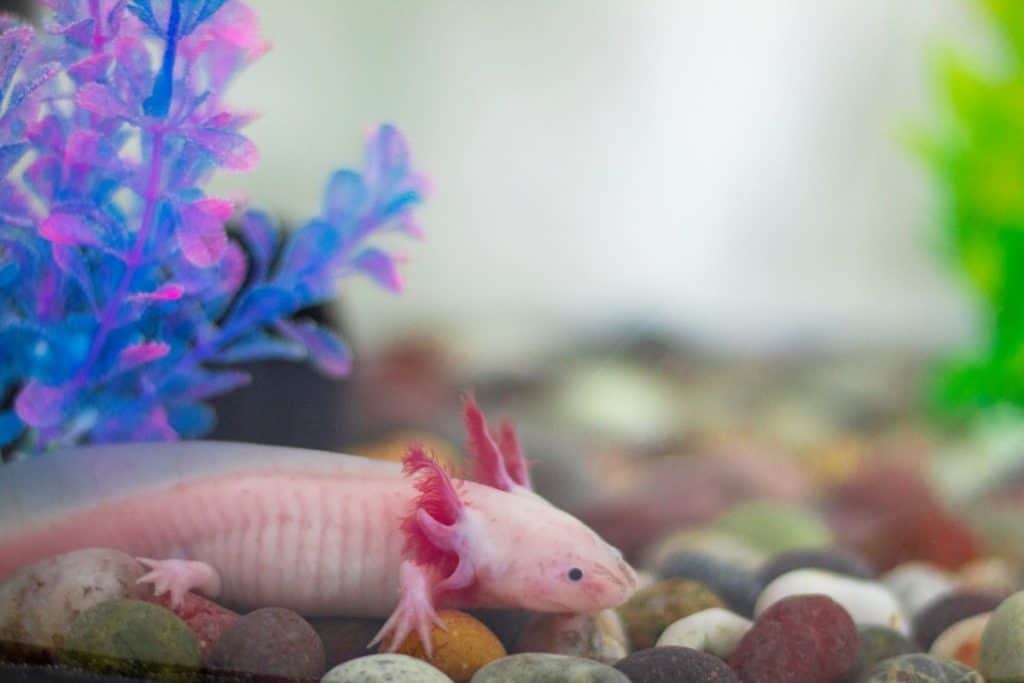
This salamander is becoming increasingly popular. They originate from Mexico, and they’re oddly adorable. Because they are water species, they can be obtained in pet shops that deal with fish.
Axolotls are fantastic starter pets because they’re easy to handle and can live in a tank as small as 10 gallons however a bigger tank is preferable. Due to their filthy nature, they thrive in freshwater and require a robust, strong filter.
4. Cockroaches
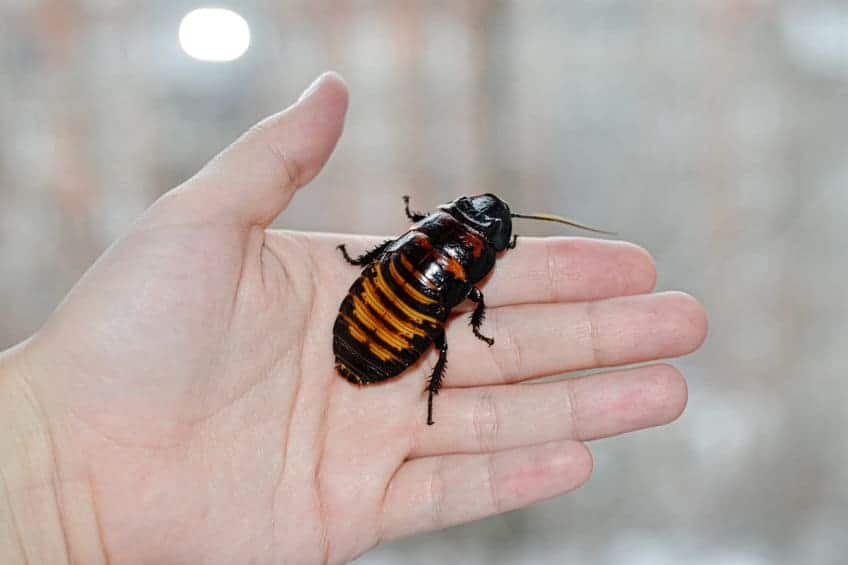
You may be shocked to learn that cockroaches make excellent exotic pets. You can manage them rather readily, even if they are not a pet you’d like to be friendly with. Depending on which species they are, you may require authorization from your government’s agriculture department. They are deemed invasive species; therefore, their transportation across states is strictly controlled.
5. Degu
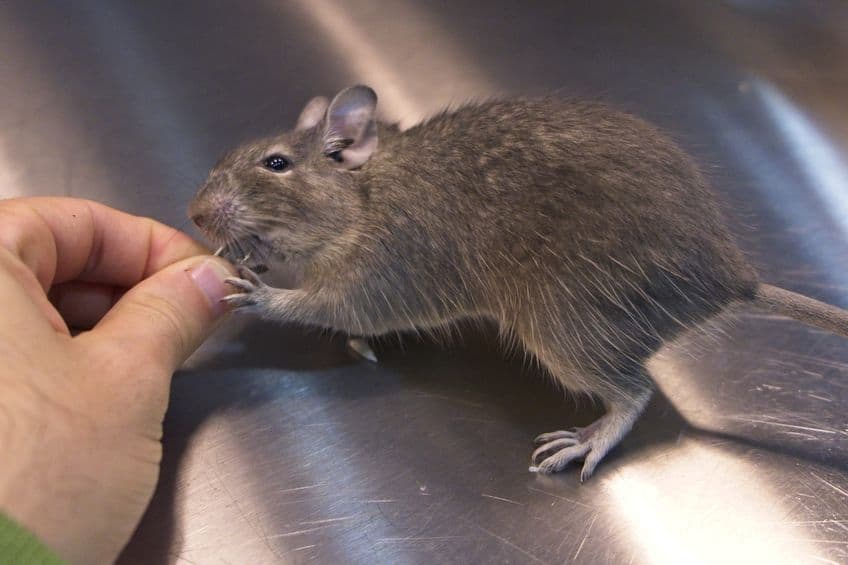
Degus resembles a mix between a hamster and a guinea pig in appearance. They are highly social animals who require the company of at minimum another one degu to be content. They can reside in the same style of cage-like ferrets or rats, using similar toys and gadgets to play. They take dust baths in the same way that chinchillas do.
On the other hand, male degus will fight so it’s advisable to keep degus of same-sex separately.
6. Sugar gliders
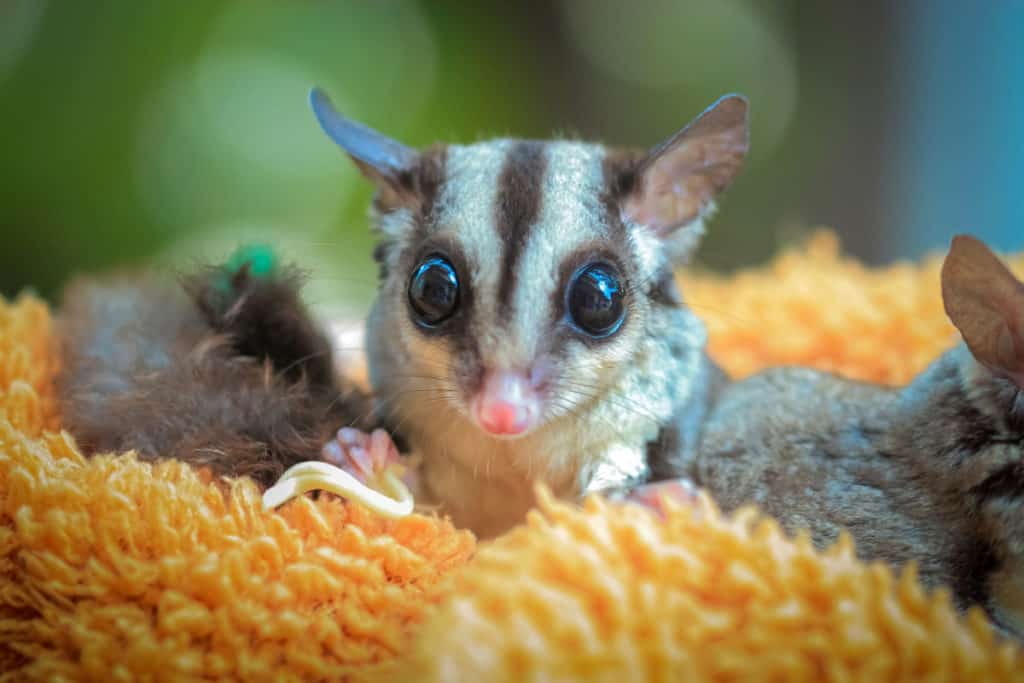
Sugar gliders are little marsupials that live in trees. They possess thin skin membranes on both edges of their body, similar to a flying squirrel, that help them take off at a higher height and fly to a new spot.
Sugar gliders are pretty noisy pets but they are small and thrive on company, making them incredibly affectionate.
7. Hedgehogs
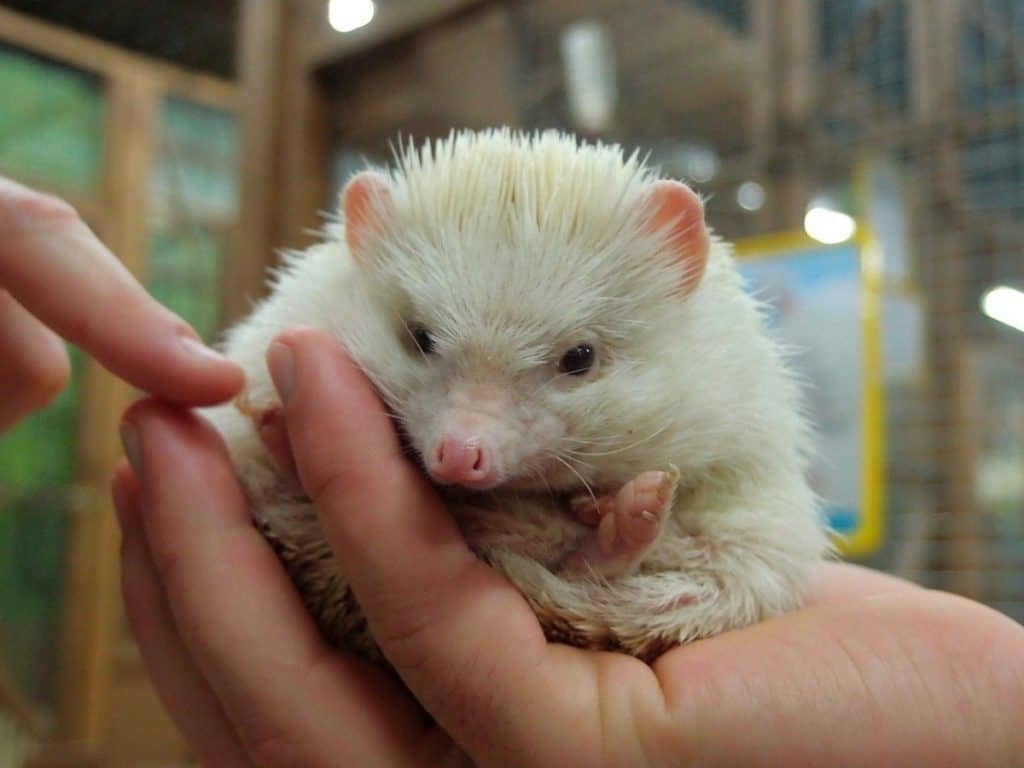
These animals, commonly known as Hedgies, are adorable little animals with quills on their upper parts and fur on the bottom.
Hedgehogs are good pets as they’re silent and don’t need much engagement to be content. They do not require much grooming. They are, however, nocturnal, meaning they are much more active during the night while you are drawing to the close of your day.
8. Skunks

Skunks are kept as pets by some individuals. The little brats may smell awful, but they’re adorable. Plus, once they’re attached to someone, they’re quite affectionate.
Scent glands are routinely removed from domestic skunks, and they do not spray about their homes. Skunk pets are also only permitted in 17 states in the United States.
9. Millipedes
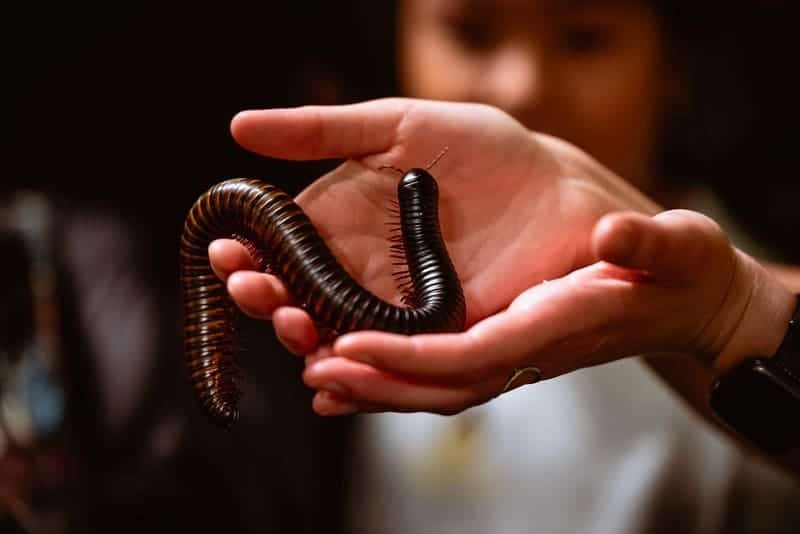
Millipedes are such an uncommon exotic pet to own, but they’re easy to care for and take up very little area. Millipedes are herbivores that can be fed fresh vegetables, fruits, and calcium supplements.
They can be touched as they do not bite, even though they are not friendly.
To keep the humidity and temperature at a suitable level, they’ll require particular substrates, light, and heating components, which can all be found at pet supply shops.
10. Prairie dogs
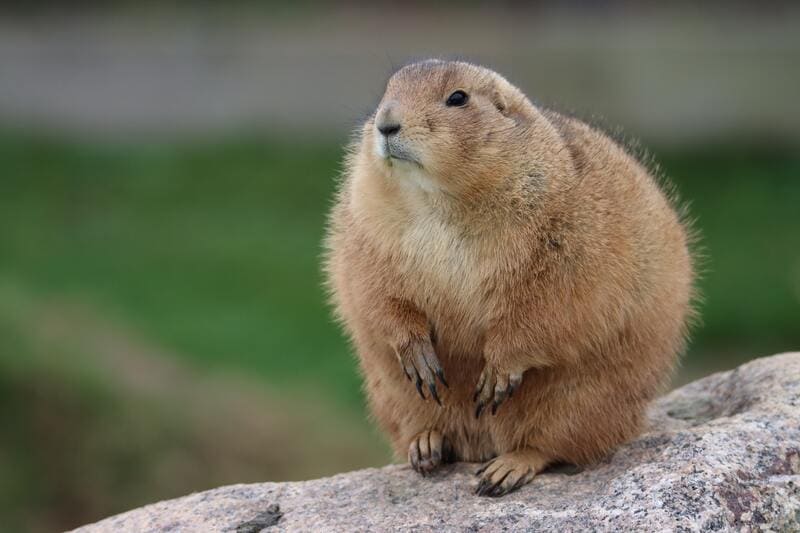
Prairie dogs usually give birth in the spring. They are friendly pets who could be trained to wear a harness. Because they are friendly creatures, the owner should spend some time around them. The cage ought to be large enough. The prairie dog’s diet is basic, consisting of fresh hay, fruits, grasses, pellets, and vegetables.
11. Hermit Crabs
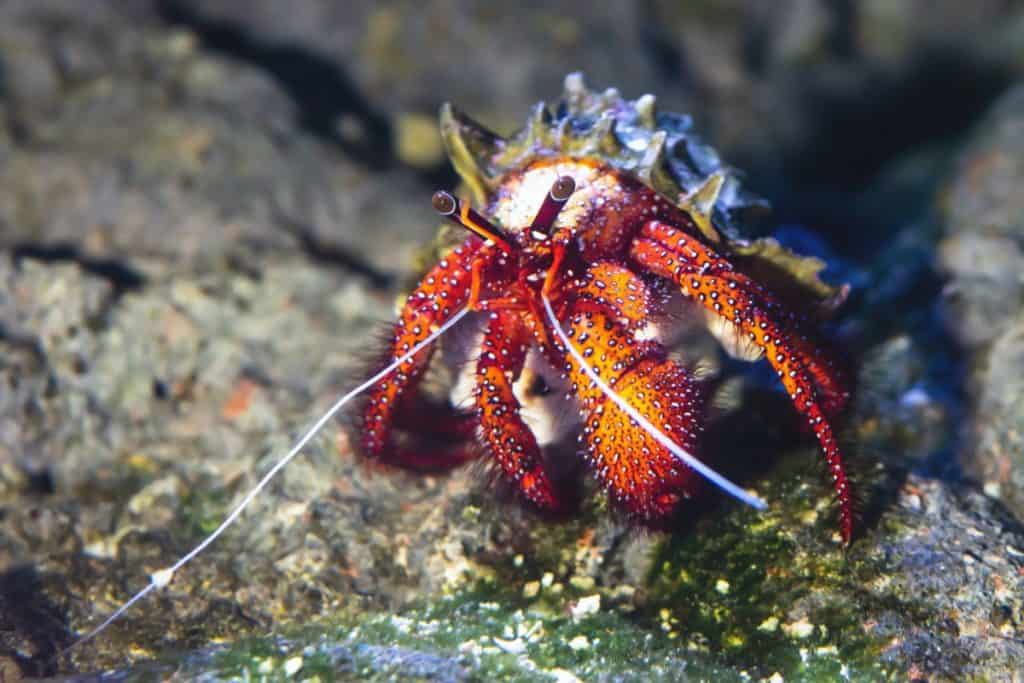
For decades, these adorable crabs have been popular. Because they dwell on dry ground, it’s not difficult to create an ideal environment. They don’t require a large tank and make excellent apartment pets. They’re a simple exotic pet to keep because they’re gentle, rarely bite, and don’t need much by way of daily care.
12. Hyacinth Macaws
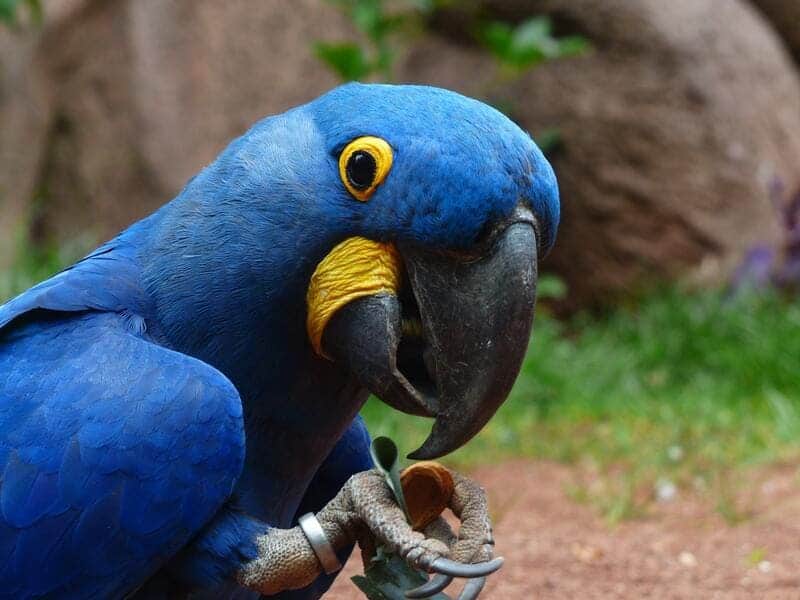
The hyacinth macaw is a stunning parrot that would make a wonderful companion in the correct environment. These birds require wide confinement as well as regular interaction with their masters. They are bright, yet when anxious or alone; they may be obnoxious. They can also live approximately 60 years, so you’ll have to prepare for the possibility that they will outlive you.
13. Ball Pythons
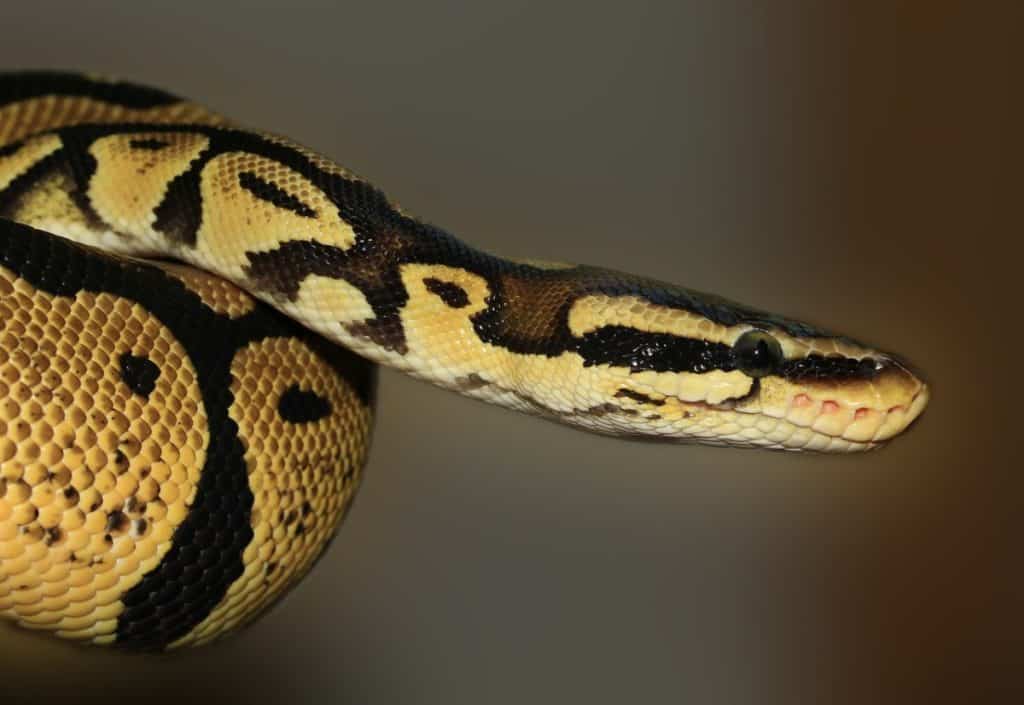
A snake may not be considered “exotic” by certain pet owners, but having a reptile is unheard of by most pet owners. They are normally docile and simple to handle, but having them eat is usually the most challenging. They might be fussy eaters and avoid eating on occasion. They also have strict housing requirements, including warming and basking space and humidity.
14. Chinchillas
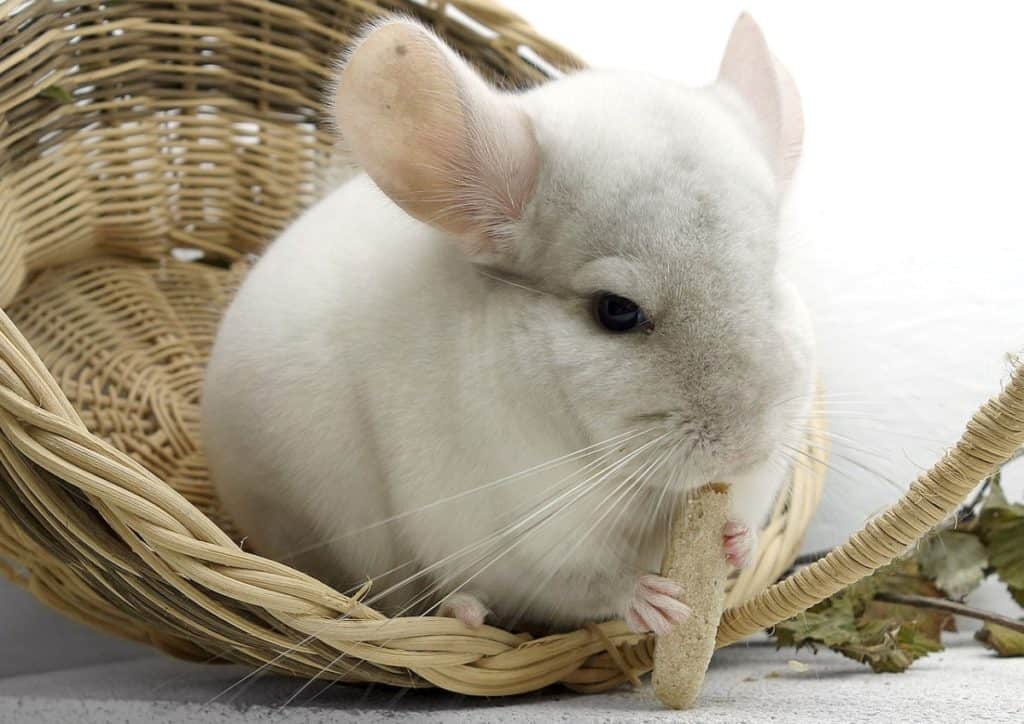
Chinchillas are a rodent that is not as common as other pocket pets, though they’re not difficult to obtain in general. They are simple to look after as far as you feed them properly, give them a large enough cage, and keep them in your residence’s comfortable, draft-free location.
15. Chipmunks
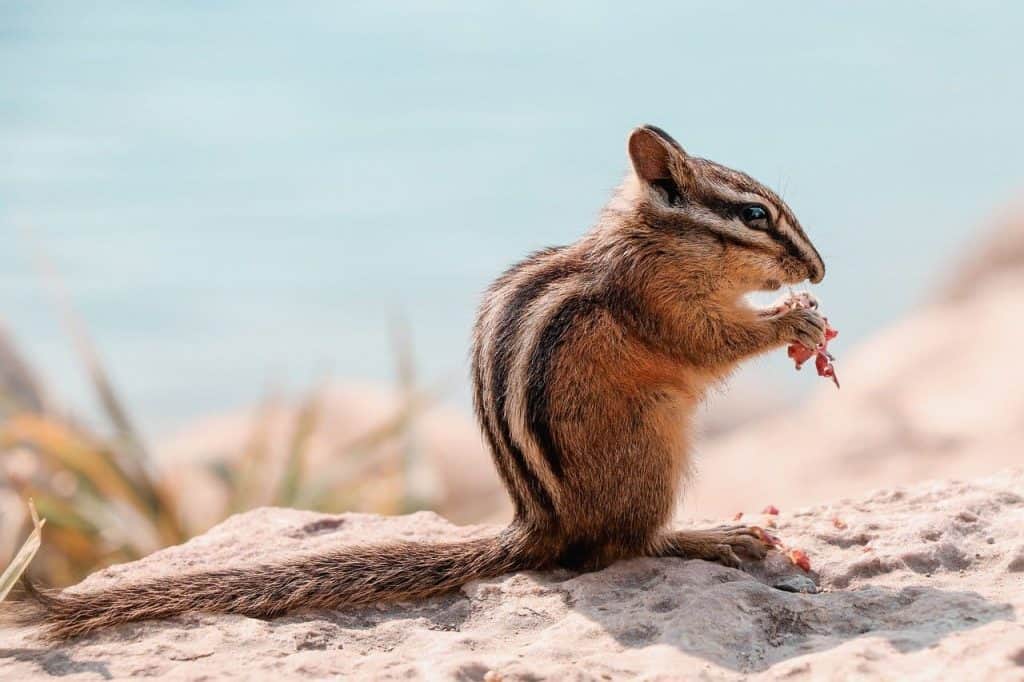
They’re not the easiest pets to care for, but they’re more fascinating than your average hamster. As a lively squirrel species, Chipmunks typically need the most room in proportion to their height. A taller bird flying cage is advised, and various enrichment options promote foraging.
16. Leopard Geckos
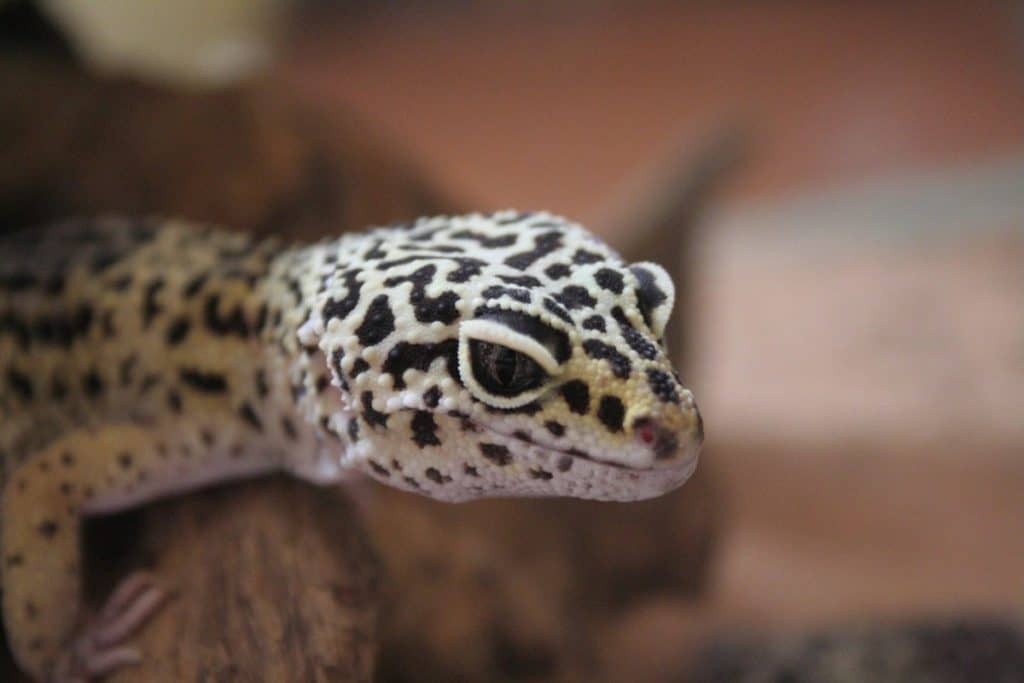
Geckos are exotic reptiles with various hues and patterns due to their distinctive spotted appearance and friendly demeanor. Geckos make excellent small-space pets since they can thrive in tanks as little as 10 gallons; however, larger tanks of about 20 gallons are preferable.
17. Ferrets
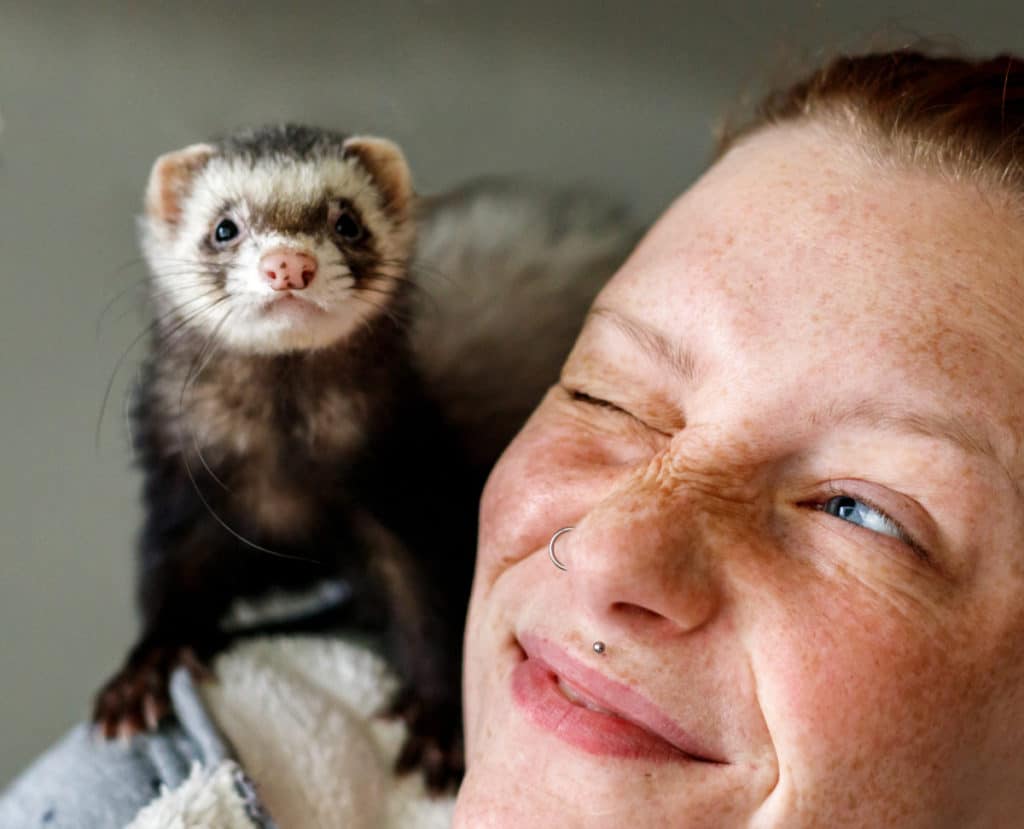
Ferrets are yet another little pet that is becoming more famous and pretty easy to come by. They are adorable tiny creatures with a high level of intelligence. They require a spacious cage with plenty of room to wander and spread out, as well as time outside the cage to explore and play. Ferrets are easy to care for, and professionally prepared ferret foods are available.
18. Quaker Parakeets
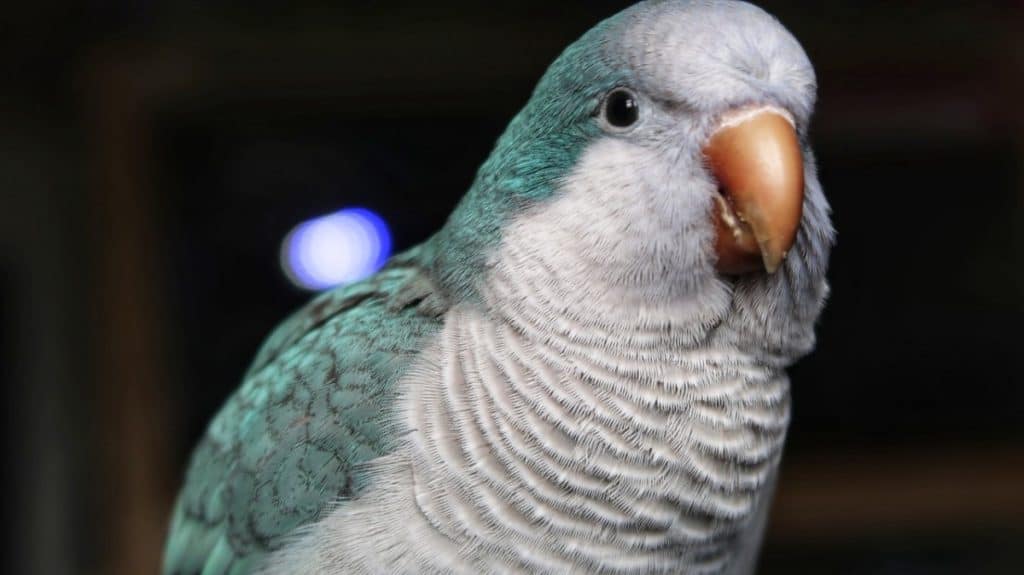
While parakeets are popular as pets, the Quaker parakeet, sometimes known as the monk parakeet, isn’t really. Although these birds are deemed an invasive species, they can make fantastic pets when you can purchase and possess one in your area.
Quaker parakeets are bright, entertaining birds who prefer human contact. If you cannot supply them with continual companionship, they’ll need the company of another bird.
19. Scorpions
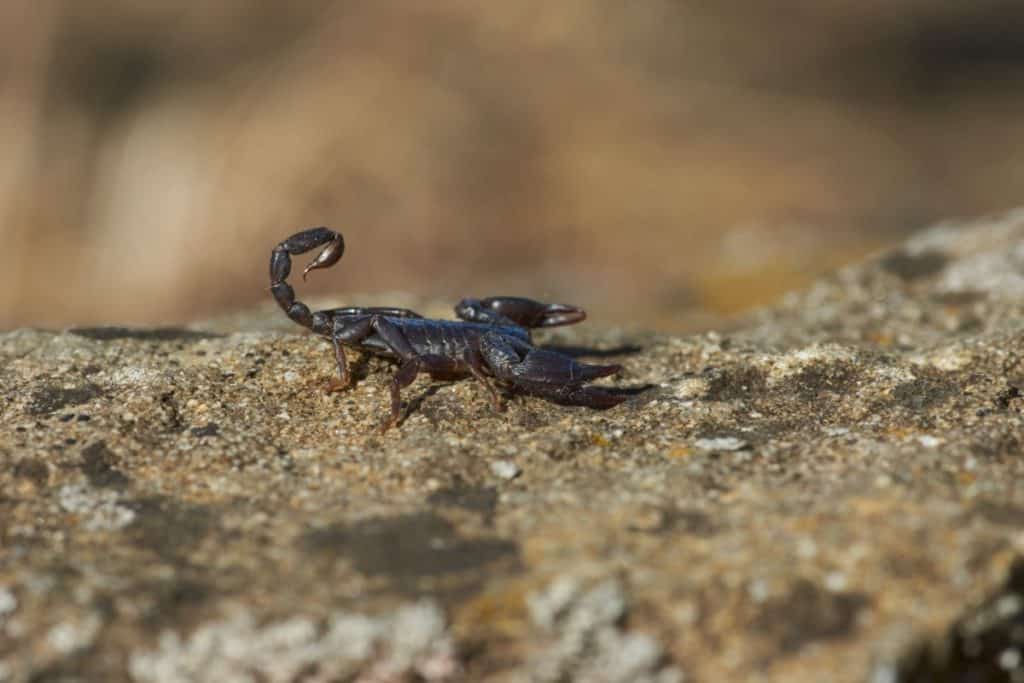
Scorpions are never a pet for the faint-hearted or those allergic to insects. Notwithstanding their intimidating reputation and demeanor, they are simple exotic pets to care for and can live in a tiny space. They’ll need a tank with the right temperature and humidity for them.
The disadvantage of keeping a scorpion is that this is not a pet you will ever be able to touch or hold because scorpions can sting, and even the least severe venom is quite painful.
20. Bearded Dragons
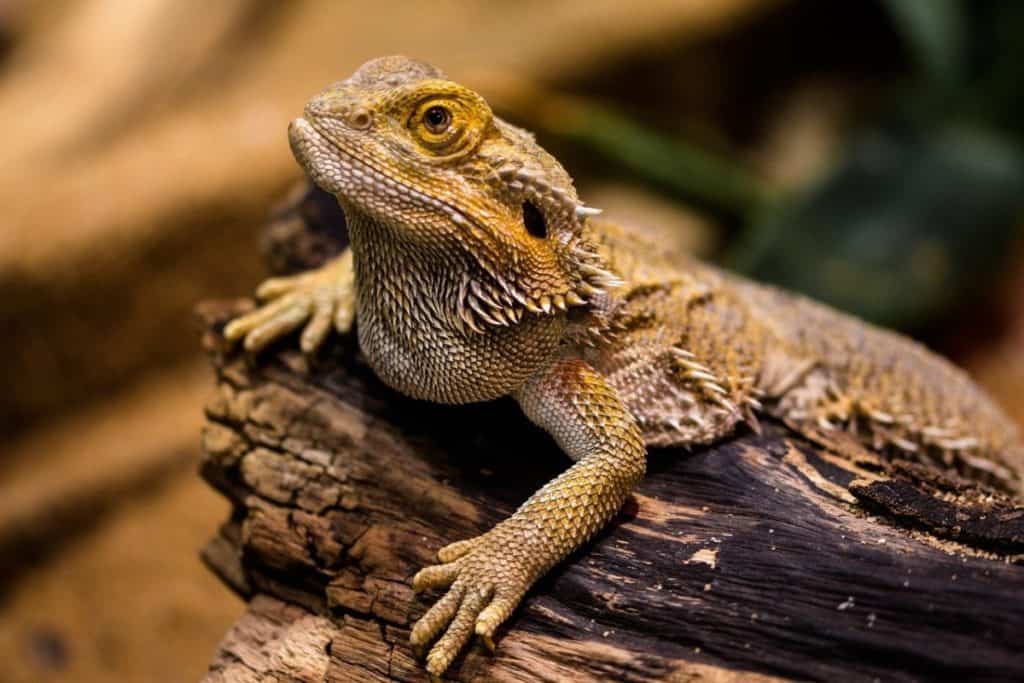
These dragons are recognized as gentle and amiable, making them one of the simplest lizards to raise. They’re a great “starter” lizard for kids who’ve been taught how to care for them properly. They do not grow to be as large as some reptiles, and though they require a large environment, they may be housed in a compact space such as a condominium.
21. Halloween Moon Crabs
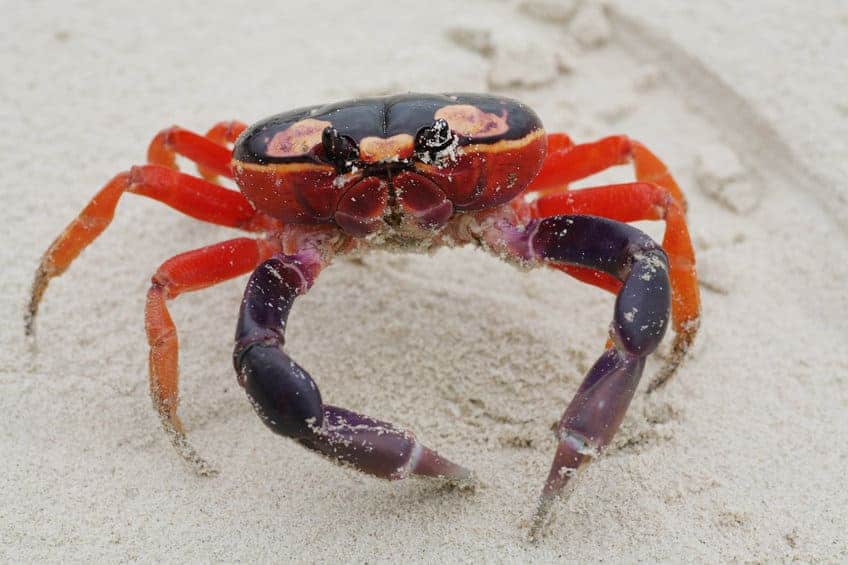
However, if you enjoy crustaceans and find the hermit crab to be a bit monotonous, the Halloween moon crab is for you. Based on the crab, it can be relatively easy to keep.
They don’t require a large aquarium; a 15 to 20-gallon tank with a sandy substrate and enough pebbles and debris to walk all over would suffice. If you own a Halloween moon crab, you need at least two since they are social, albeit they should be kept in different tanks in the event they quarrel.
What Is Classified as an Exotic Pet?
Exotic pets are animals that are relatively uncommon or odd to keep or are often considered wild creatures rather than pets. The definition differs by culture, place, and time-as animals become well-established in the world of animal fantasy, they may lose their exotic status.
Conclusion – Best Exotic Pets
As we have seen above, some exotic pets are easy to maintain than others. If you’re considering adopting an exotic pet to your residence, conduct your research carefully to get the one that you will fulfill its requirements.
Related articles
- 21 Best Pets for Kids (by age rank)
- 12 Goat breeds you can Keep as Pets
- 12 Best Talking Birds
- 10 Best Beginner Rodent Pets
Contents
- 5 Things to Consider Before Getting an Exotic Pet
- 21 Fun Exotic Pets That Are Easy to Care For
- 1. Fennec Fox
- 2. Capybara
- 3. Axolotls
- 4. Cockroaches
- 5. Degu
- 6. Sugar gliders
- 7. Hedgehogs
- 8. Skunks
- 9. Millipedes
- 10. Prairie dogs
- 11. Hermit Crabs
- 12. Hyacinth Macaws
- 13. Ball Pythons
- 14. Chinchillas
- 15. Chipmunks
- 16. Leopard Geckos
- 17. Ferrets
- 18. Quaker Parakeets
- 19. Scorpions
- 20. Bearded Dragons
- 21. Halloween Moon Crabs
- What Is Classified as an Exotic Pet?
- Conclusion – Best Exotic Pets



